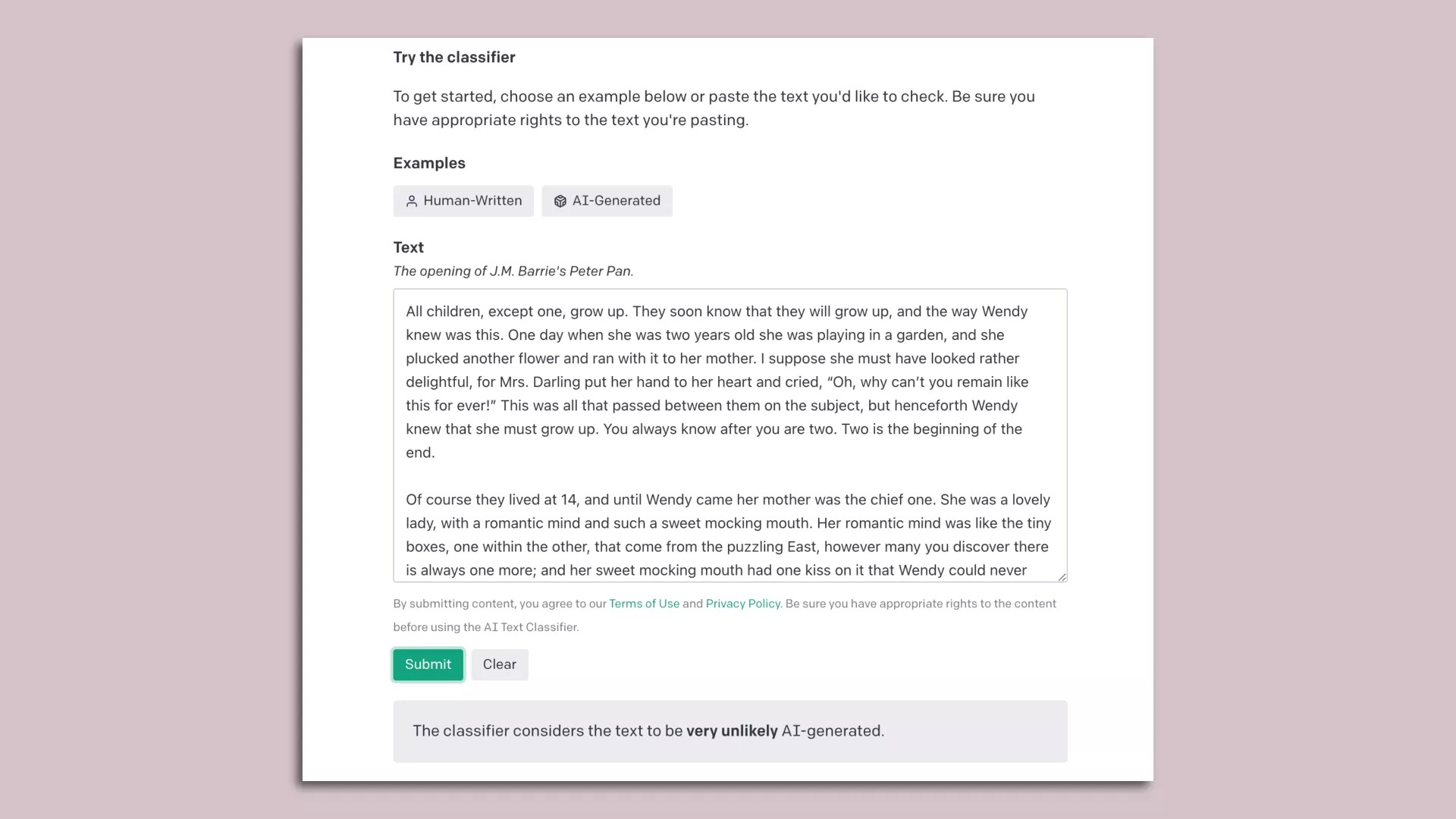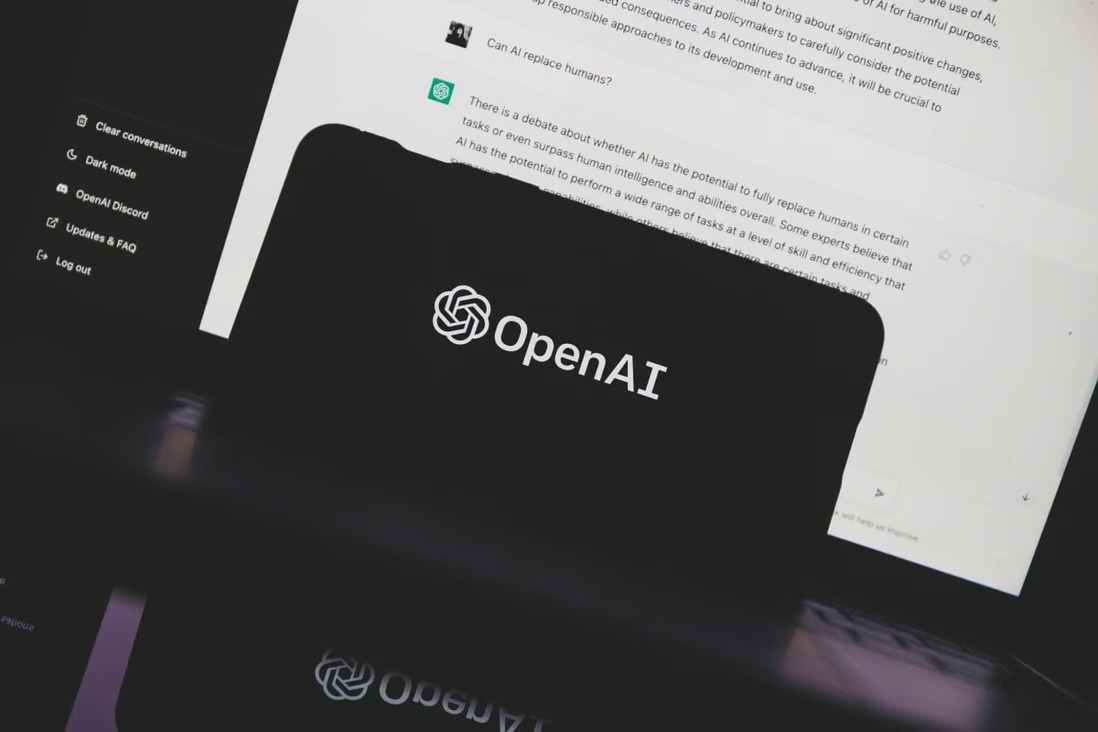ChatGPT maker launches AI-written text detection, but admits it’s ‘not entirely reliable’
- Tram Ho
The creators of the ChatGPT chatbot – the AI tool that is causing a stir for its ability to mimic human style – have just released a tool designed to detect when works are written by intellectual tools. artificial.
The announcement by OpenAI comes amid fierce debates raging at schools and universities around the world, regarding concerns that ChatGPT could be used to assist students with homework. and help them cheat in exams.
In a blog post on January 31, the US-based company said its detection engine has been trained “to distinguish between human-written text and AI-written text from multiple authors.” different offers”.

Screenshot of OpenAI’s machine-written text detection engine.
However, OpenAI also warns that their engine can make mistakes, especially with texts containing less than 1,000 characters. The company also says it recommends using the classifier only with text in English, as it performs worse in other languages.
“Our classifier is not completely reliable,” OpenAI said in the press release, emphasizing this information in bold.
“While it is not possible to reliably detect all AI-written text, we believe that good classifiers can provide information to mitigate false claims that AI-generated text cannot be reliably detected. created by humans,” OpenAI said. “For example, the purposes of running automated disinformation campaigns, using AI tools for academic fraud, and positioning an AI chatbot like a human.”
A top French university last week banned students from using ChatGPT to complete assignments. The decision came shortly after it was reported that ChatGPT had passed an exam at an American law school after writing essays on topics ranging from constitutional law to taxes.
“We recognize that identifying AI-written text is an important issue for discussion among educators, and it is equally important to recognize the limitations and impact of classifiers. AI-generated text in the classroom,” the company wrote in the post. “We are also working with educators in the US to find out what they are seeing in their classrooms and discuss the capabilities and limitations of ChatGPT.”
New York City government officials and some jurisdictions in the US have banned the use of this AI chatbot in schools. A group of Australian universities say they will change the test format to remove AI tools and treat them as cheating.

OpenAI’s new move is said to be formal.
According to PCWorld , OpenAI’s new text classifier has revealed a fatal weakness. That’s it’s “a bit easy to fool”. In fact, the maker of OpenAI itself said that the classifier identified 26% of AI-written texts as actually written by humans, and considered 9% of human-written texts to be AI-written.
In a quick test, the tool couldn’t tell if a random passage from JD Salinger’s Catch the Younger in the Fields was written by an AI.
“OpenAI’s tool not only generates vague conclusions, but also is not sufficient to determine which results are generated by AI,” the article on PCWorld said.
Obviously, it’s impossible to force an AI chatbot company to market a tool that can limit the power of their main product, whether they actually do it or not. Some experts say this is just a formal move, to calm public opinion against ChatGPT because of its fearsome power in the field of academia and education.

Hive Moderation delivers clearer and more reliable results than OpenAI’s own engine.
As an alternative, there is also a free tool on the market to distinguish whether texts are written by AI or not. It is said to be more performant than OpenAI’s new product, called Hive Moderation.
Hive Moderation returns results with a confidence percentage or a chance what percentage of a text sample contains AI-generated content. Even when trying to ask in ChatGPT to write a paragraph in such a way that it is hard to tell it was written by an AI, Hive Moderation was not fooled.
Stanford University also recently announced the discovery of a new method of ‘unmasking’ ChatGPT called DetectGPT. Based on the “zero-shot” method in the field of machine learning, DetectGPT can detect text written by AI without knowing what type of AI was used to create the text. It works in stark contrast to other testing methods that typically require training a ‘classifier’ and using datasets of real and fake text fragments.
Tests show promising results as it outperforms other methods in detecting non-human texts.
Refer to PCWorld, SCMP
Source : Genk
